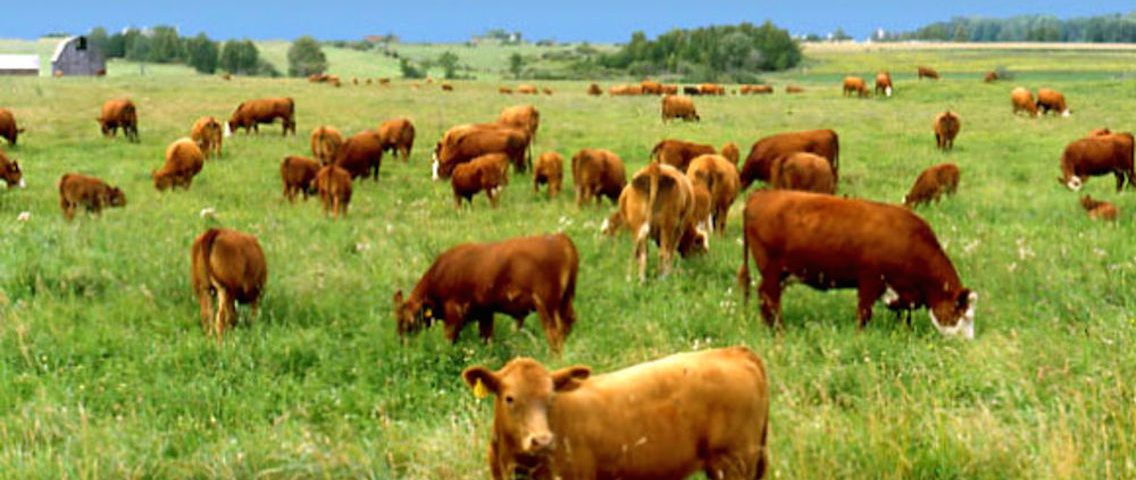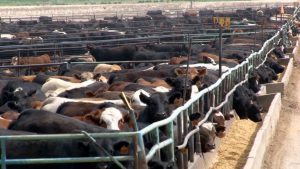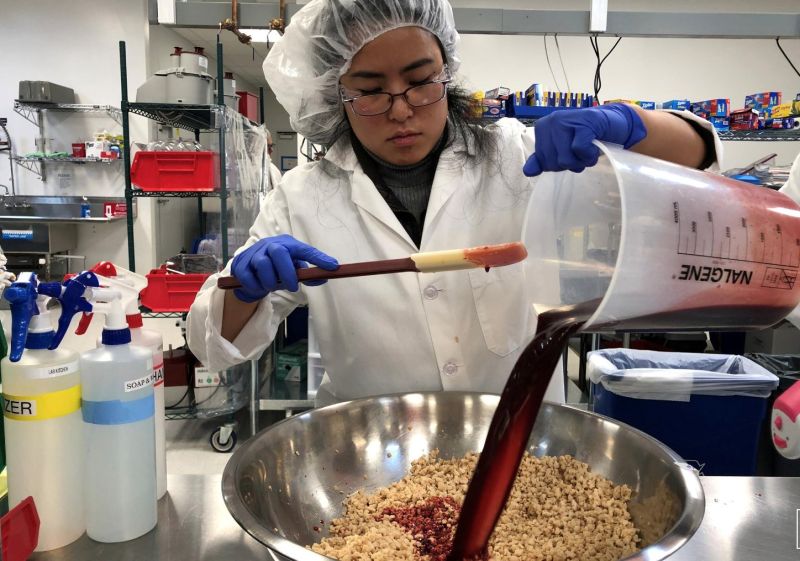Why Grass Fed?

Performance@Work: Develop Emotional Coherence
28/11/2018
5 Ways To Be Happy & Healthy During the Holiday Season
07/12/2018
In grain fed meats, after only just six months of a calf’s life, they are taken off grass and put in feedlots. A feedlot is like an urban city, populated by as many as 100,000 animals. They stand in their own manure all day, every day, and are forced to eat something they are not evolved to eat, grain, and mostly corn.
The average cow usually dies within six months from consuming a grain or corn based diet as their livers blow out. That is not a problem for the factory farmer as that is all the time they need to fatten up a cow for slaughter. During their approximate six months grain diet, the stressed and sick cows are barely surviving. Consequently, to prevent them from getting all types of sickness, industrial farms feed the cows a constant dose of antibiotics. Most of the antibiotics sold in America end up in animal feed.
As a result of the crowded living conditions where they stand in their own manure, E. coli contamination takes place in the slaughterhouse when manure from an animal comes in contact with meat.  Unfortunately, it is impossible to remove all the faecal contamination. The animals are then injected with synthetic growth hormones such as the oestrogen compound zeranol, the androgen trenbolone acetate, and progestin melengestrol acetate. These chemicals end up in the meat you consume and also make their way into the waterways through the massive amounts of feedlot waste flowing into the environment.
Unfortunately, it is impossible to remove all the faecal contamination. The animals are then injected with synthetic growth hormones such as the oestrogen compound zeranol, the androgen trenbolone acetate, and progestin melengestrol acetate. These chemicals end up in the meat you consume and also make their way into the waterways through the massive amounts of feedlot waste flowing into the environment.
Inhumane farming operations create unhealthy animals that are bad for those who eat them and are a massive source of industrial waste.
On the other end of the spectrum, we have traditional pasture farming or grass fed cows. These cows are raised on their natural diet of grass in a low stress environment. Most ranchers run one cow per 5 to 40 acres to ensure that one animal has sufficient grass to graze on. The result is healthy cows, living in balance with nature and no need for antibiotics or hormone supplements. In turn, their meat is healthier for you. Pasture raised grass fed beef is leaner than grain fed beef, and higher in omega 3 fatty acids, conjugated linoleic acids (CLA), Vitamin E and Beta Carotene.
A growing body of research suggests that many of the health problems associated with eating beef are really problems coming from corn or grain fed beef. Despite the evidence, the U.S.D.A.’s grading system continues to reward grain or corn fed beef. These meats are described as highly marbled meat. The highest USDA “grades” of beef are those with the highest amount of inter-muscular fat, the worst type of fat for you to consume. You should be mindful and not rely on the U.S.D.A.’s grading system when judging beef quality.
In Australia, and on my numerous trips to the States, I found that restaurants do not always know if they serve grain or grass fed beef. Firstly, they are always surprised when I ask, and secondly, the answer always comes back as ‘possibly grain fed’. If they don’t know, it is most probable they serve grain fed. If the butchers and restaurants you regularly visit only have or serve grain fed, ask them if they know where their meat is coming from, and if they could source grass or pasture fed beef instead.
The more people are made aware and the more the demand, the healthier the food that is served, and the healthier YOU.

